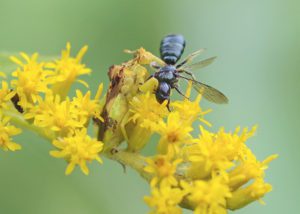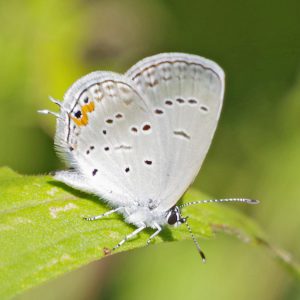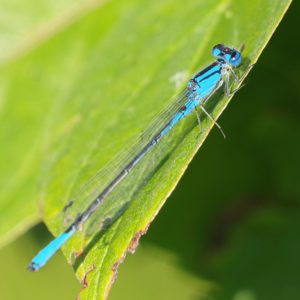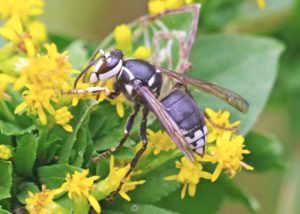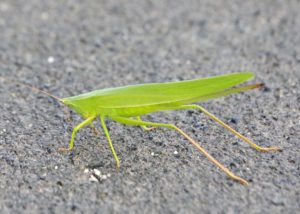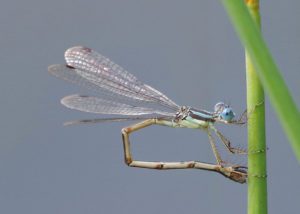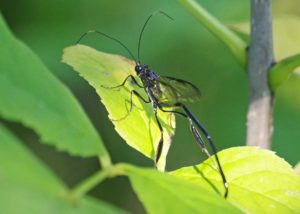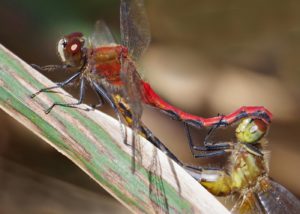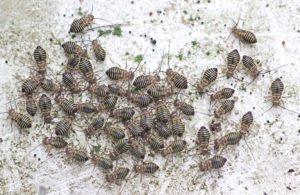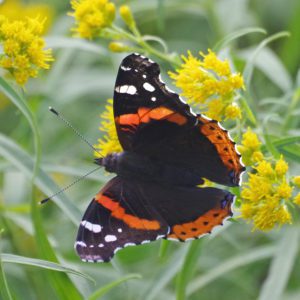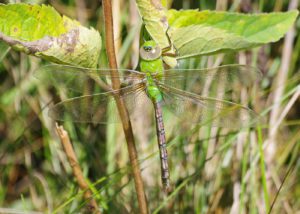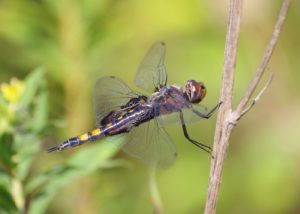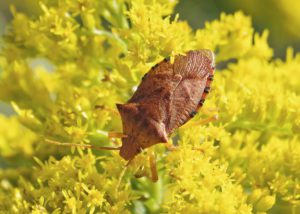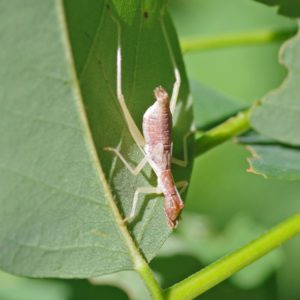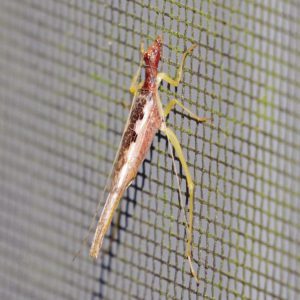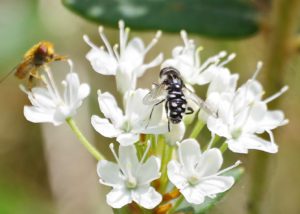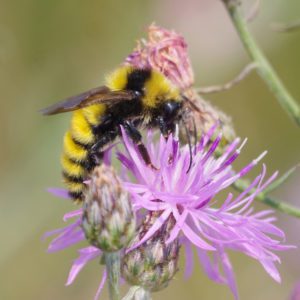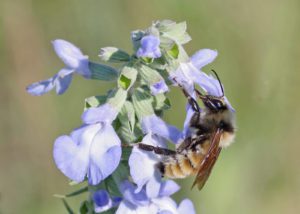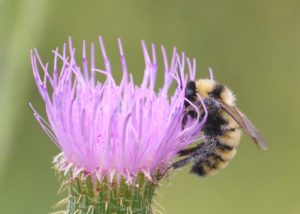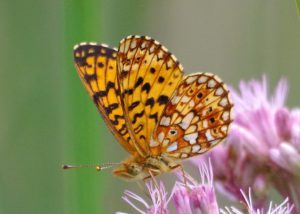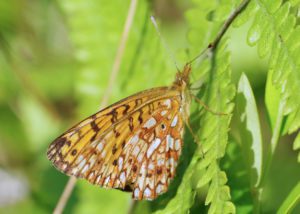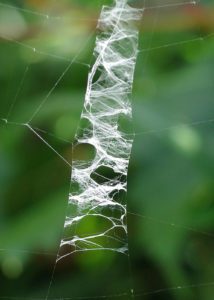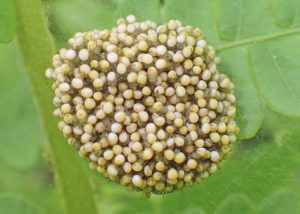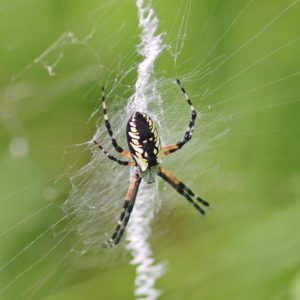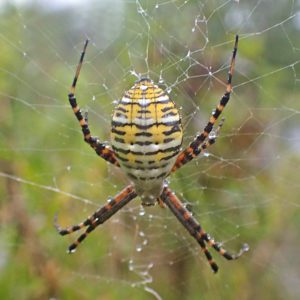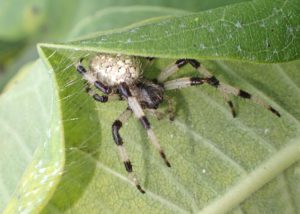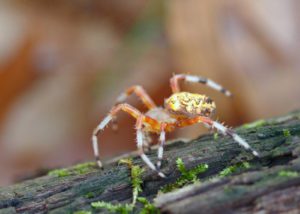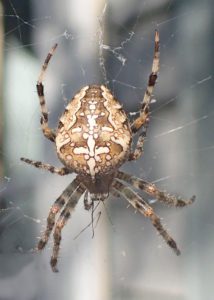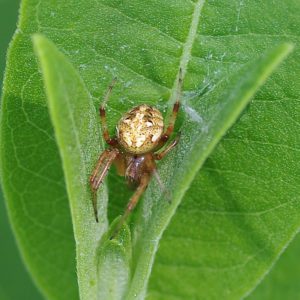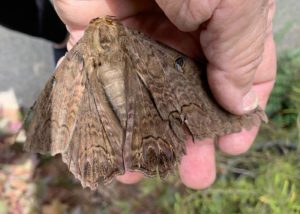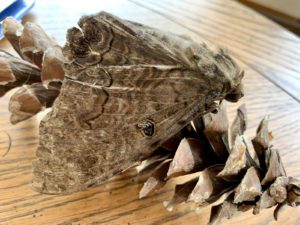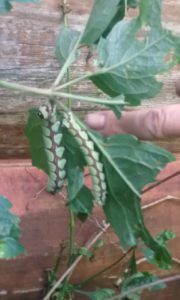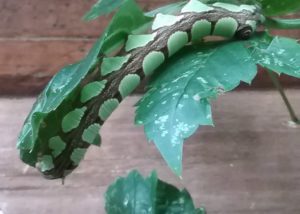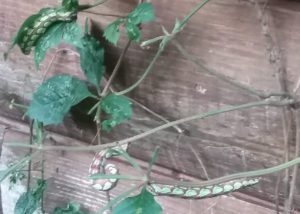Greetings, BugFans,
The BugLady was on a wetland walk years ago when someone asked the leader “Why do pitcher plants grow here?” His answer, simple and elegant, “Because they can.”
Indeed, there are lots of seeds that are falling off plants, blowing through the air, and being transported by birds and mammals; they’re looking for a home, but conditions are harsh in the wetlands where pitcher plants grow. They’re exposed, unsheltered, to heat and cold, and many wetland soils are nutrient-poor – low in nitrogen, calcium, magnesium, and potassium. These wetlands may be nutrient-stingy, too. There’s organic matter in the system from fallen leaves, but it’s hard for plants to access because low oxygen levels in the soggy soil mean fewer bacteria, which means that decay/nutrient turnover takes a long time, and the lack of oxygen also makes water uptake more difficult. Plants that will thrive in these places must come pre-set with adaptations that allow them to do so.
Part One – The Introductions.
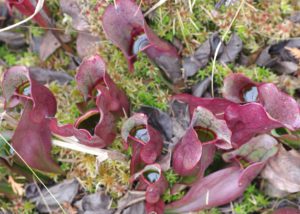
Purple/Northern pitcher plant (Sarracenia purpurea) is a plant of acid bogs and neutral-to-acid fens. It occurs throughout the East, across Canada, and along parts of the Pacific Coast as a native and as an introduced plant (the BugLady, who does not grow things, was amazed to discover that people also keep it as a house plant). It was named after a French physician named Michael Sarrazin who lived in Canada in the closing days of the 17th century and who turned his interests to botany. He was the first to describe the plant’s lifestyle (more about that in a sec), and he documented the Native use of pitcher plants to treat smallpox. It was also used for fever, kidney and lung ailments, back pain, chills, and whooping cough, and it was an aid in childbirth. The pitchers were used as drinking cups, berry containers, and in ceremonies, and the outside was sometimes carved like scrimshaw.
The hollow, trumpet/pitcher-shaped leaves – green, maroon, or green with maroon veins – fill with rainwater in spring. One theory for the different leaf colors is age (older = redder), and another is sunlight – plants in full sun protect themselves from UV radiation by deploying red pigments called anthocyanins, but leaves in the shade don’t need them. A healthy plant may grow five to ten new pitchers a year, and as the plant ages, multiple leaves sprouting from the same rhizome radiate around it like a rosette. Purple pitcher plants can live for decades; the evergreen leaves persist into their second season and give energy to the plant as their replacements are growing.
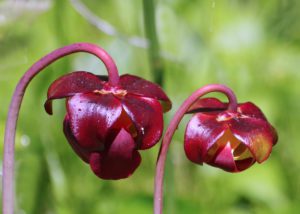
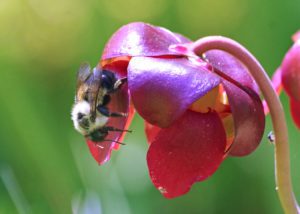
The flower stalk produces a single flower that looks like a wine-red, upside-down tulip and that is pollinated by bumble bees, honey bees, and Pitcher plant flies (Fletcherimyia fletcheri). After it’s fertilized, the flower straightens up and the petals drop off, and old seed capsules persist through the winter.
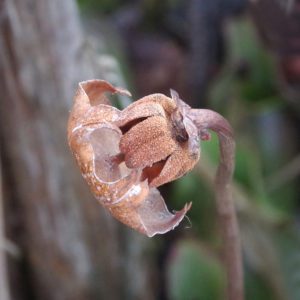
Its list of common names tells of people’s fascination with it and of some of its historical uses – Turtle socks, Side-saddle flower, Fever-cup, Smallpox plant, Indian Dipper, Huntsman’s Cup, Adam’s-Pitcher, Frog’s Britches, and Whippoorwill-boots.
Part Two – It Eats Meat.
The pitchers are a trap. Insects are attracted to sweet nectar that’s produced by glands located in the red veins on the inside surface of the lip (they’re called extra-floral nectaries (EFNs) https://uwm.edu/field-station/ants-in-my-plants/). Immediately below the lip, there’s a band of small, downward-facing needles that discourage insects from turning around. Below that, the leaf is lined with slick, waxy cells that send the hapless insect sliding into the water. An old theory says that insects come to the plant because of the “red meat” color of the veins, and that may be true of some flies, but many insects don’t see in color, so it’s more likely that nectar is the draw.
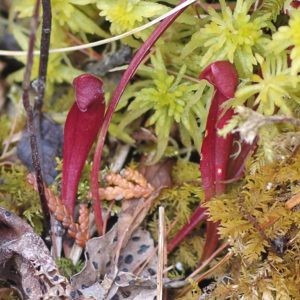
It’s a great design, but one study estimated that even a well-fed pitcher manages to collect less than 1% of its visitors!
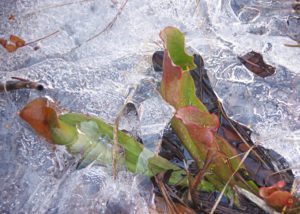
Ants make up about 70% of its prey – their short legs make those downward-pointing needles especially daunting. Mites, spiders, beetles, snails, millipedes, flies, springtails, wasps, and moths are among a pitcher plant’s other prey, and researchers have even found small spotted salamanders and red-spotted newts in pitchers (one small salamander would satisfy a pitcher’s nutritional needs for a long time).
The plant gets energy through photosynthesis, but the insect prey provide minerals that are missing from the soils (ant bodies, it turns out, are very high in nitrogen). The water in the pitcher contains some digestive enzymes, though young leaves are better at producing them than older leaves are. The enzymes do part of the digesting, and now we come to the last piece of the puzzle.
Part Three – A Cast of Thousands.
Seasoned BugFans know that the BugLady is fascinated by inquilines (Latin for “lodger” or “tenant”), those (in this case) invertebrates that shelter in structures built by others, like galls, nests, hives, etc. Some simply co-exist with their host without interacting, and some perform light housekeeping chores by feeding on debris in a nest.
Larvae of the Purple pitcher plant mosquito (Wyeomyia smithii) https://bugguide.net/node/view/1241580/bgpage live in the pitcher year round, overwintering in the frozen water and coexisting with the very carnivorous larvae of the Pitcher plant midge https://www.inaturalist.org/taxa/225007-Metriocnemus-knabi. As spring advances, algae arrive in the pitcher, followed by an array of invertebrates that form a food web.
Overall, researchers have logged more than 165 species of inquilines in the water of purple pitcher plants – bacteria, mites, protozoans, copepods, nematode worms, rotifers https://en.wikipedia.org/wiki/Habrotrocha_rosa, the larvae of Pitcher plant flies https://bugguide.net/node/view/1978019 and other fly species, and more – almost three times more than in any other species of pitcher plant. Some of the inquilines live only in pitcher plants; all must be tolerant of poor water quality.
It’s all about recycling. These invertebrates not only live in the pitcher plant’s water without getting digested (through the magic of “anti-enzymes”), they help to “feed” the pitcher by breaking captured animals into smaller pieces so that they’re easier for the enzymes to digest, and/or by eating the prey (and each other) and then adding nutrients to the water via their excretions. The midge larva https://www.inaturalist.org/taxa/225007-Metriocnemus-knabi feeds on drowned prey at the bottom of the pitcher, and the tiny particles it creates are food for the filter-feeding mosquito larva.
The midge larva is selective. In one experiment, researchers introduced into the pitchers the larvae of mosquitoes that are not normally found there, and they reported that the midge larvae ate the aliens in short order but left the larvae of the Pitcher plant mosquito alone. They speculated that if drought conditions were to wipe out the natural inquilines, the stage could be set for the use of the pitcher by exotic species.
Nutrients and CO2 provided by its inquilines are used by the plant, and the oxygen that is released into the water through photosynthesis benefits the critters that live there. Because the “hood” of the Purple pitcher plant is open (the hoods of some species form an umbrella over the top), nutrients can also enter the system in rainwater.
Spiders oviposit within the pitcher (some spin webs across the pitcher’s opening), and several moth caterpillars feed on the leaves, both from the inside and the outside. A thread-waisted wasp creates a nest for her egg by chewing a hole at the base of a leaf, draining the pitcher, stuffing it with grass, and provisioning it with caterpillars.
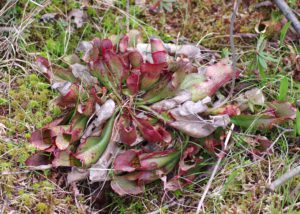
Fun Fact about pitcher plants:
- A Michigan man who claimed to be 125 years old attributed his longevity to drinking pitcher plant water daily (do not try this at home).
- A pitcher plant is considered a phytotelmata, “a water-filled structure produced by plants” – a mini-aquarium. Tree holes and the water reservoirs in bromeliads are also phytotelmata.
Kate Redmond, The BugLady
Bug of the Week archives:
http://uwm.edu/field-station/category/bug-of-the-week/

